New York Governor Andrew Cuomo announced over the April 18-19 weekend that new cases and hospitalizations for coronavirus infections appear to be slowing somewhat in the Empire State, which has so far borne the brunt of the pandemic in the US, with nearly 243,000 confirmed cases, and nearly 14,000 known fatalities.
Other states and cities are contemplating how and when to ease current restrictions and allow businesses to begin reopening -- a welcome prospect for the millions of Americans working from home (or not working at all), sheltering in place and wondering when some semblance of normalcy might return to a shell shocked nation. Massachusetts Governor Charlie Baker said in a April 21 press conference that “While it is bad,” the pandemic’s progression through his state is “nowhere near as bad as a lot of people said it was going to be at the beginning.”
Governor Baker also stressed in his press statement that whatever positive trends are being seen are being seen because of the aggressive social distancing measures Massachusetts has implemented — and which he says residents have been “pretty good” about following.
In Florida, Miami Mayor Carlos Gimenez is working toward “a new normal,” and held a public virtual town hall on April 18 to discuss plans to reopen Miami-Dade County’s parks and golf courses -- which have been closed since March 19 -- with county personnel on hand to supervise and enforce safety measures. According to Gimenez, “Miami-Dade police, along with the local police department, the U.S. Coast Guard, andl Florida Fish & Wildlife also will be cracking down on anyone not following social distancing and other rules.”
In Nevada, Las Vegas Mayor Carolyn Goodman was upbeat in a statement made on April 21 calling for businesses in her city -- including casinos -- to be allowed to reopen. Nevada ranks 22nd among the states and the District of Columbia in COVID-19 cases, with about 4,000 cases and 163 deaths documented thus far, and has been under a state-imposed lockdown of all nonessential businesses since mid-March. The mandatory shuttering of the city’s all-important tourism industry has pitted Goodman against Nevada Governor Steve Sisolak, and sharply divided residents -- some of whom support the shutdown, while others feel it was an overreaction likely to trigger economic catastrophe every bit as dire as the public health consequences.
In Chicago, another US hotspot, the situation is less optimistic -- at least in the shorter term. According to the Chicago Tribune, numbers released on April 21 indicate no slowing of the virus’s rampage through the state. Governor J.B. Pritzker said Tuesday the coronavirus pandemic may not peak in Illinois until mid-May, while Chicago Mayor Lori Lightfoot predicted the state’s stay-at-home order could extend into June. At the time of this writing, the statewide totals for Illinois stand at 33,059 confirmed COVID-19 cases and 1,468 fatalities.
Back East, in New Jersey and Pennsylvania, state governors are working with federal emergency officials and suppliers in the private sector to secure the mass testing materials they say are crucial before an economic restart could be viable. New Jersey Governor Phil Murphy has been quoted as saying that the Garden State’s 73 testing sites will have to “at least double” their capacity before he believes it will be safe enough to restart the economy — and that to do that, the state “needs the feds in a big way.” In an April 21 article in the Philadelphia Inquirer, city Health Commissioner Thomas Farley said that he would like to see 5,000 or even 10,000 Philadelphians being tested per day; current numbers are between 1,200 and 1,500 per day.
Stay the Course
So while the noises being made about reopening the economy - even incrementally - in certain regions are certainly hopeful, public health officials from the CDC and state and local organizations stress that the apparent downturn in new infections being reported in some hotspots should not be interpreted as a sign we’re out of the woods, but rather as evidence that social distancing, face covering, and other mitigation efforts are working. Now is not the time to relax, according to the experts -- it’s time to double down and stay the course. Burdensome and unsettling as they are, abandoning the measures that so far seem to have ‘flattened the curve’ and spared the country from the worst-case projections of hundreds of thousands or even millions of fatalities could usher in a second wave of infection, putting us right back where we started and rendering the huge sacrifices already made for naught. According to Dr. Peter Dunn, a VP overseeing inpatient capacity management for Massachusetts General Hospital who recently spoke on the issue to the Boston Globe, “The curve is flattening even more and it is due to all the many community- and government-based efforts to minimize the spread.”
To that end, a number of organizations that support and advocate on behalf of co-op, condo, and HOA communities have renewed and reinforced calls for managers, boards, and residents themselves to keep up vigilance against the virus. For example, the Community Associations Institute (CAI) recently issued the following set of recommendations for multifamily communities to keep following in order to build on the progress being made against the pandemic:
Ensure continued maintenance and sanitation of common areas, including clubhouses, fitness centers, playgrounds, and pools, even though they may not be in use right now.
Follow all local and state emergency temporary orders banning short-term rentals.
Follow state recommended stay-at-home orders and social distancing protocols.
Limit access to site staff and other association personnel -- that includes limiting repair work to ‘essential only’ in order to minimize contractor traffic, as well as entry by other service providers.
Keep the identity of residents who test positive confidential unless the resident agrees to disclose the information.
Other guidelines not on CAI’s list but still strongly encouraged include wearing face coverings anywhere where the now-ubiquitous six-foot minimum distance between people isn’t possible, regularly checking on elderly or immunocompromised residents, and of course, frequent, thorough hand-washing and disinfection of high-touch surfaces that may harbor the virus. According to a sample letter CAI has drafted and is encouraging boards to adapt and distribute to their own residents (you can find the template here, along with other useful forms, documents, and administrative tools for boards: https://www.caionline.org/Pages/Forms-COVID-19.aspx), the organization also recommends that boards and managers “[be] prepared to reasonably accommodate an owner who is sick by postponing violation hearings, extending deadlines on architectural applications, or granting payment extensions if appropriate.
As multifamily communities around the country continue to address the constantly evolving set of challenges raised by the pandemic, health and management pros are adamant about the ongoing importance of staying engaged and conscientious -- especially now, when lockdown fatigue and cabin fever are taking a toll, and when the tide appears to be turning for some regions, making it very tempting to relax our guard. Researchers at MIT, for example, released a paper in mid-April projecting that despite hopeful data on declining COVID cases, “[R]elaxing or reversing quarantine measures right now will lead to an exponential explosion in the infected case count, thus nullifying the role played by all measures implemented in the US since mid March 2020.”
The message is clear: yes, the lockdown is taking a huge toll on nearly everyone, both mentally and economically (to say nothing of the increased health risks being shouldered by the essential workers tasked with cleaning, disinfecting, and interacting with others as they do what needs to be done to keep communities functioning), but this is a pivotal moment that calls for more cooperation, not less. Boards, managers, and residents have risen to the occasion, and their efforts appear to be working; let’s keep up the good work, keep supporting each other, and look forward to rejoining our friends and neighbors to celebrate the end of the crisis.
Cooper Smith is a staff writer/reporter for The Cooperator.



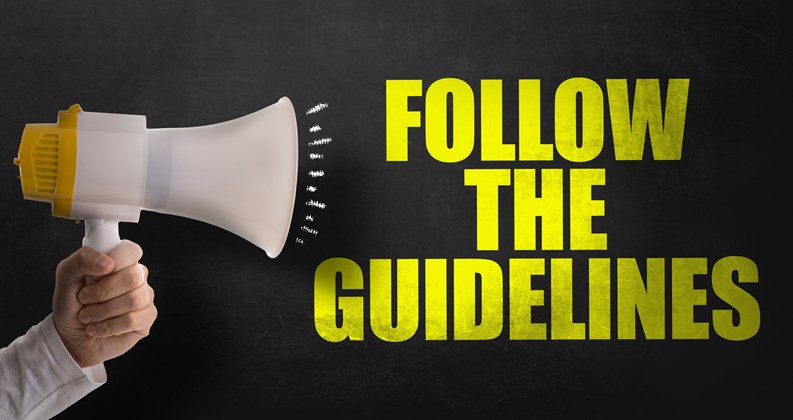

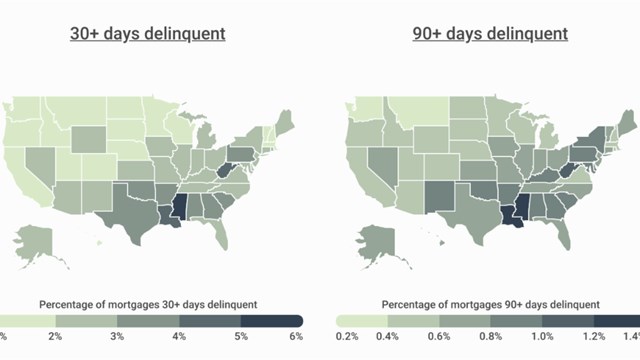

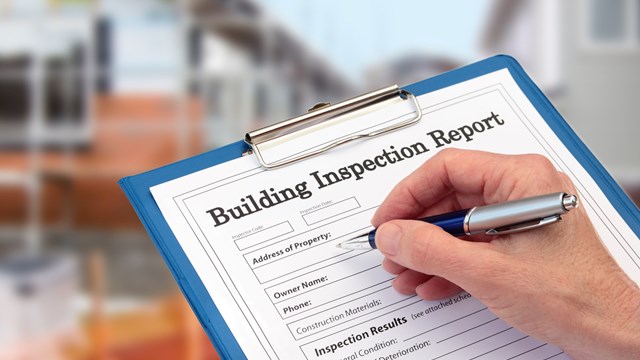
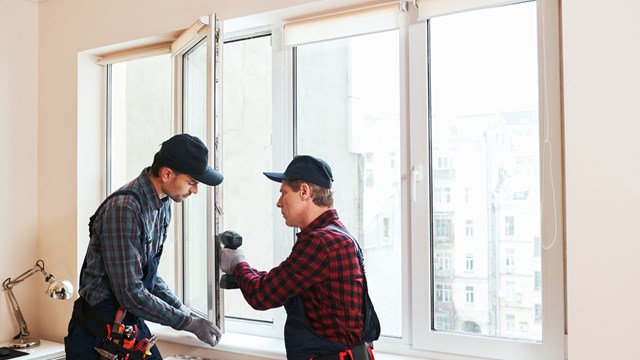
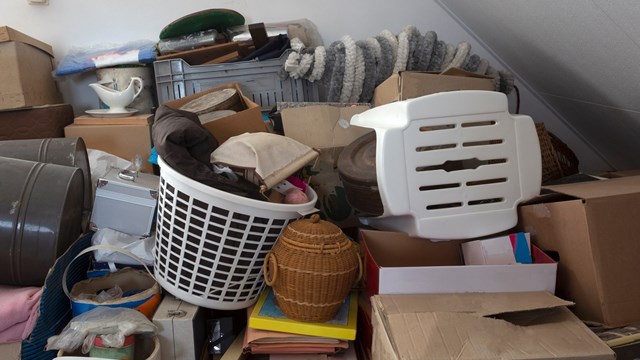
Leave a Comment